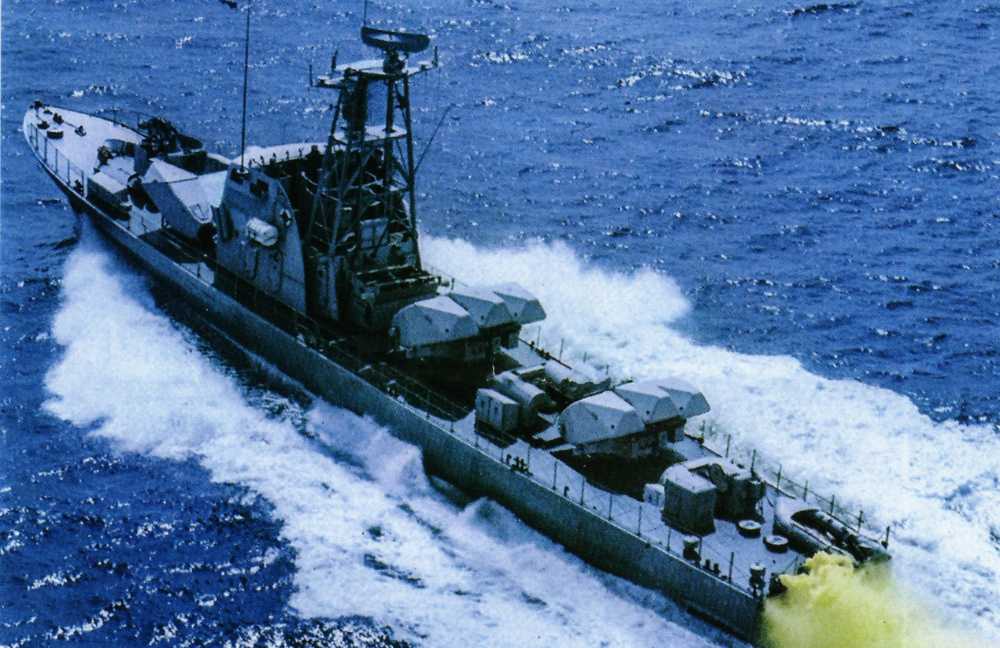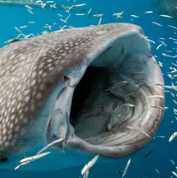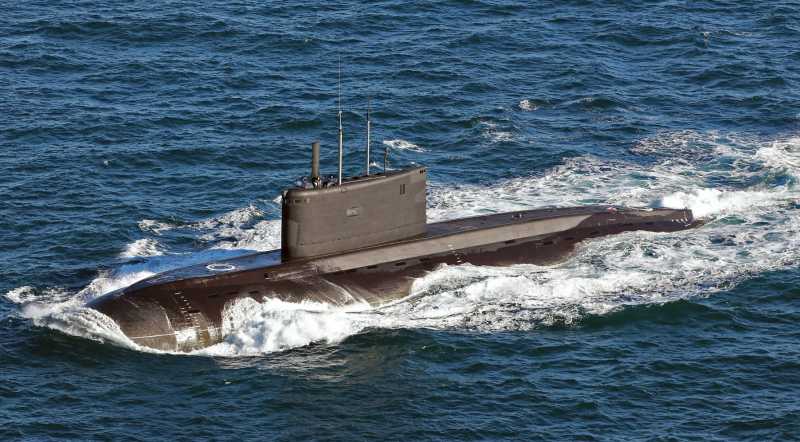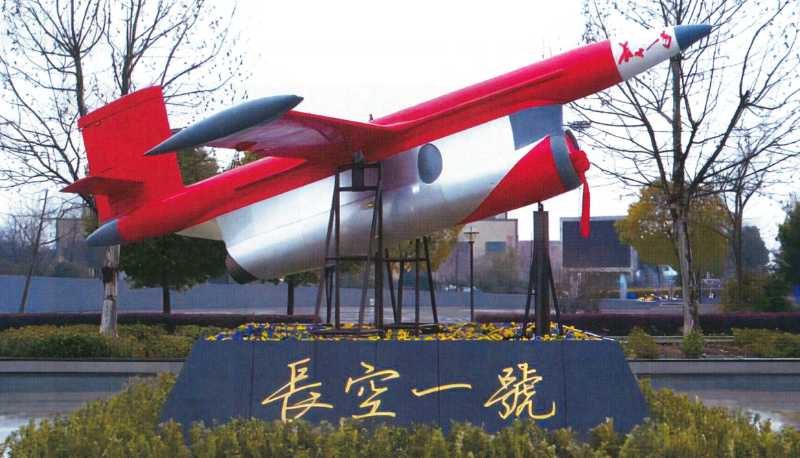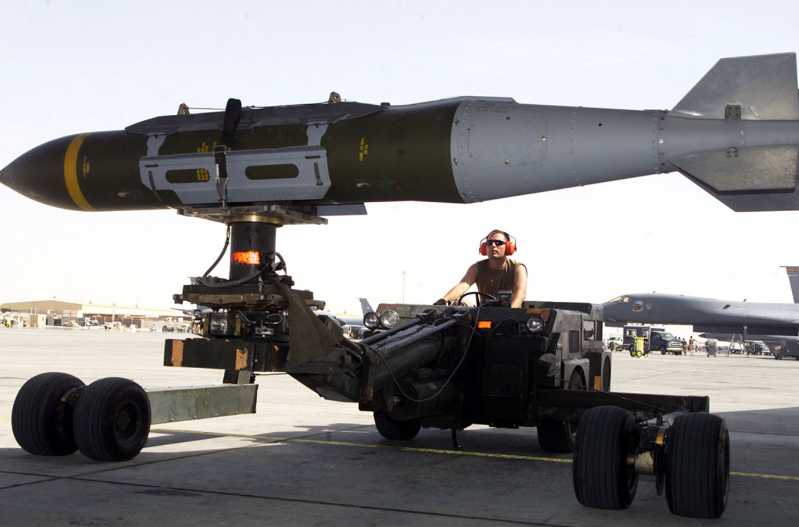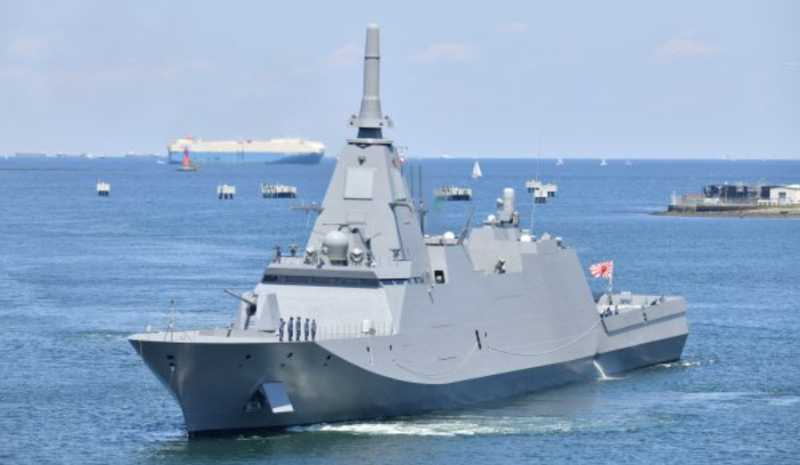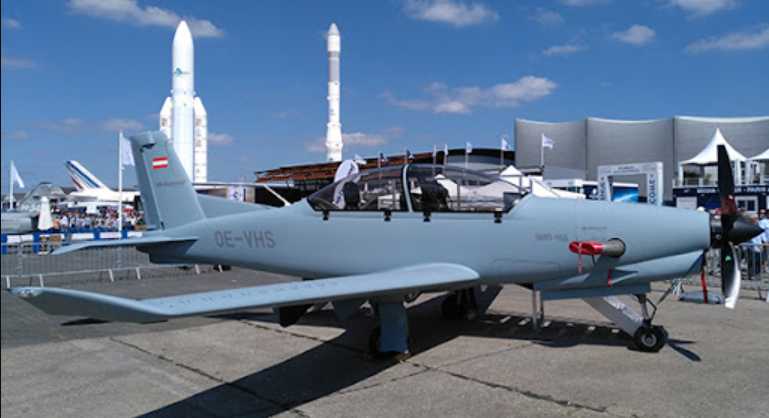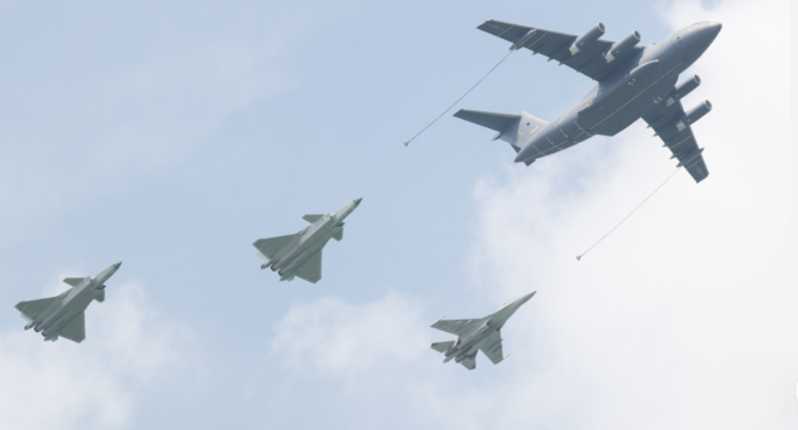The State of Israel is located on the southeastern coast of the Mediterranean Sea in western Asia. It is the only country in the world with Jews as the main ethnic group. It borders Jordan to the east, the Gulf of Aqaba to the south, the Mediterranean Sea to the west, Lebanon to the north, Syria to the northeast through the Golan Heights, and the Red Sea and Egypt to the southwest. According to the provisions of the 1947 United Nations Resolution on the Partition of Palestine, Israel has a land area of 15,200 square kilometers (currently the actual controlled area is about 25,000 square kilometers), a coastline of 198 kilometers, and ports such as Haifa, Ashdod, and Eilat. The Israel Defense Forces is one of the armies with the highest defense budget in the Middle East. It is well-trained and well-equipped. Since its founding, it has participated in five major large-scale wars and many other small conflicts. Relying on its outstanding strategies and tactics, cutting-edge weapons systems, and a complete and efficient military service system, the Israel Defense Forces have always had an advantage in the long-term confrontation with Arab countries and have become the leading and powerful military force in the Middle East.
Without a long coastline and a strong shipbuilding industry, or even a deep and wide port, such a harsh innate environment usually makes it difficult to breed a strong maritime combat force, but Israel is an exception. Although its scale is small and its equipment is not as well-known to the outside world as the "Merkava" series main battle tanks of the army and the "Lion Cub", F-15, and F-16 fighter jets of the air force, in several Middle East wars and armed conflicts in the 21st century, the army and air force appeared most frequently in Israel. In terms of importance, the Israeli navy is inferior to the army and air force in Israel’s national defense force, but it does not prevent it from growing into a well-trained and outstanding elite maritime force.
Although the overall scale of the Israeli navy is small, its equipment structure is more complete than that of many Western developed countries, which is inseparable from its consistent adherence to the development strategy of "small but fine". Israel is also one of the few countries in the world that has sea-based nuclear forces. Its sea-based nuclear forces consist of German-built Dolphin-class conventional submarines and cruise missiles carrying nuclear warheads, which provide a huge strategic deterrent to potential hostile countries under the policy of "nuclear ambiguity". In terms of combat performance, the Israeli Navy has not turned the tide in the Middle East wars like the Army’s armored forces, nor has it had classic battles such as the "Opera Operation" that rushed thousands of miles to attack the Iraqi Osirak Nuclear Power Plant and the Bekaa Valley Air Battle that are famous in military history like the Air Force. Although there have been outstanding battle victories such as the Battle of Latakia, it also created the shameful scene in the history of human naval warfare when the main battleship was sunk by missile weapons for the first time. After the "Eilat" incident, the Israelis, known as the "chosen ones", followed the trend of the missile weapons era, adjusted the naval equipment development strategy in a timely manner, and embarked on a road of equipment development that was highly consistent with their own reality. Practice is the only criterion for testing truth. In several important naval battles thereafter, the correctness of the Israeli navy’s development idea was fully demonstrated, and the core of this idea is the protagonist of this topic, the "Saar" series missile boats/light frigates. In order to fully understand its development context, this site’s "Legends Forged in Actual Combat: Saar Class" topic roughly sorts out and introduces the brief history of the development of the "Saar" series missile boats/light frigates.
It is no exaggeration to say that the development history of the "Saar" series of ships is a condensed history of the growth of the Israeli navy, and its beginning originated from the "Eilat" incident. Around 17:00 on October 21, 1967 was an epoch-making moment in the history of modern naval warfare. The absolute core of the navy at that time, the "Eilat" purchased from the United Kingdom (formerly the first ship of the British Navy’s Class B fleet destroyer "Zeros", and the Egyptian Navy was also equipped with Class B at that time), was directly hit by three "Styx" anti-ship missiles launched by the Soviet-made Mosquito-class missile boats of the Egyptian Navy. The middle and rear parts of the hull of this old destroyer built in World War II were severely damaged and a large amount of water entered, resulting in the death of 47 crew members and nearly 100 injuries. Although damage control was carried out in time, the hull was severely damaged. The 2,500-ton destroyer sank outside the Port of Sayd that day. The "Eilat" unfortunately became the first warship in the world’s naval history to be sunk by an anti-ship missile in actual combat. For the Israeli Navy, the sinking of the "Eilat" is not only a shame for the loss of a capital ship, but also represents the urgent need for a change in the Israeli Navy’s equipment development concept. It indicates that a legendary maritime equipment family in the Middle East is about to rise, and a new era of naval warfare has arrived.
“If you want to do your work well, you must first sharpen your tools.” Before the “Eilat” incident, the Israeli Navy had already begun to develop its own anti-ship missiles. These were the “Gabriel” series of anti-ship missiles that later achieved impressive results. Their main combat targets were the Soviet-aided fast-class destroyers of the Egyptian Navy and various types of destroyers and frigates provided by the United Kingdom. The Israeli Navy’s initial idea was to modify its Z-class destroyers “Eilat” and “Jaffa” to carry “Gabriel” missiles, making them missile destroyers. But after the “Eilat” was sunk, the biggest threat to the Israeli Navy became the smaller-targeted Mosquito-class missile boats, rather than the more easily searched destroyers and frigates. Before the method of effectively preventing and restraining the “Styx” missiles was mastered at the time, it was very dangerous to use the remaining “Jaffa” to go to sea for combat. In this case, the way out for the Israeli Navy was to develop a missile boat that could confront the Mosquito-class head-on.
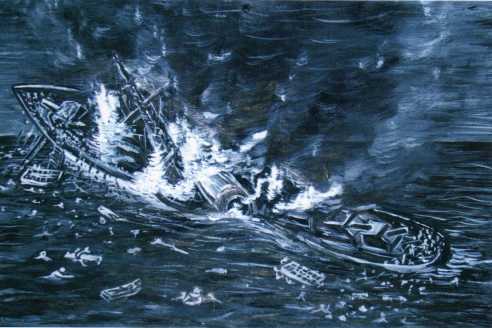
However, Israel, which had only been established for more than 20 years at that time, had not yet established a systematic military shipbuilding industry, and most of its main combat ships were Western military aid or directly ordered from European shipbuilding companies. Before the "Eilat" incident, Israel had already ordered a batch of Jaguar-class torpedo boats from the Lürssen Shipyard in the Federal Republic of Germany. After the "Eilat" incident, Israel asked the Lürssen Shipyard to modify the design of the Jaguar class, increasing the displacement to 250 tons to improve endurance, and reserving space for the installation of anti-ship missiles. The Israeli Navy named it the Saar class.
However, after the media reported that the Federal Republic of Germany was building combat ships for the Israeli Navy, under diplomatic pressure from Arab countries, the Federal Republic of Germany was forced to transfer Israel’s orders and design drawings to the Normandy Mechanical Shipyard in France, which continued to complete the construction and delivery work. The Normandy Mechanical Shipyard subsequently made further adjustments to the design of the Jaguar class. Israel was very satisfied with the performance improvement brought about by the design changes, and increased the original order of 6 ships to 12. According to the currency value at the time, the cost of each boat was 2.2 million US dollars. It was because the Normandy Mechanical Shipyard undertook the construction of the "Saar" speedboat that it developed the "Women Warrior" series, the largest missile boat family of Western navies in the future.
After the third Middle East war, Israel and Egypt and other Arab countries fell into a war of attrition. The Israeli army’s military operations against the Palestine Liberation Organization, Lebanon, Jordan and other countries were quite frequent, which triggered strong protests from Saudi Arabia and other Arab countries in the diplomatic field. For a time, an anti-Israel trend formed in the international diplomatic field. Some European countries took sanctions against Israel, including France. In January 1968, France announced an arms embargo on Israel. At this time, 5 of the 12 "Saar" type submarines ordered by Israel had not been delivered, and France said it would "openly sell" these boats. After trying many ways to solve the problem without success, the Israeli intelligence agency "Mossad" planned a boat stealing operation codenamed "Noah’s Ark". Through a series of complex operations, on Christmas Eve 1969, 5 boats were successfully stolen from Cherbourg, France, and arrived at the port of Haifa, Israel on December 31.
12 The arrival of the "Saar" type prompted the Israeli Navy to completely stop the development of old large and medium-sized surface ships with low survivability in the face of anti-ship missiles, and fully entered the period of miniaturization of main combat ships, thus realizing the strategic transformation of "from big to small" and achieving brilliant results in subsequent Middle East wars. The determination and courage of this equipment development strategy of timely stop loss and decisive adjustment are worthy of learning and reference by the navies of many countries

The beginning of the family: "Saar" 1
According to the contract, the French construction company did not equip the "Saar" type with a complete weapon system, so most of the 12 "Saar" type boats built by France are unarmed "empty shells" and basically have no combat capability. The Israeli Navy armed them in batches according to the time node of returning home and the combat needs. According to the degree of modification, these 12 boats can be divided into "Saar" 1, "Saar" 2, and "Saar" 3. Type 1 and Type 3, together they formed the cornerstone of the early stage of the transformation and development of the navy.
There are three Type 1 Saar ships, which are the first three ships delivered by the Normandy Mechanical Shipyard. The first ship is the INS Mivtach (also known as the Confidence), which was launched on April 11, 1967 and left Cherbourg on December 25 of the same year to return home. The Type 1 Saar adopts a conventional monohull type, with a narrow and long hull, good high-speed performance, a small superstructure concentrated in the middle and front part of the hull, multiple side exhausts, and the exhaust gas of the main engine is discharged into the water from the exhaust port near the waterline at the rear of the hull. It has a lattice mast and a simple radar and electronic system. At this time, the rocket jamming bomb launcher that will be all over the boat in the future has not yet been seen. The boat is 45 meters long and 7 meters wide, with an aspect ratio of 6.42, a draft of 2.4 meters, and a standard displacement of 220 tons, full load displacement 250 tons, power system uses 4 German MTU high-speed diesel engines, 4 shafts and 4 propellers, maximum speed reaches 40 knots, endurance is 2500 nautical miles/15 knots or 1600 nautical miles/20 knots or 1000 nautical miles/30 knots, crew establishment 35 people

When this type of boat was in service, it had not yet been equipped with anti-ship missiles, but only a "Bofors" L-70 type 40 mm single-barrel naval gun (developed by Galileo) was installed on the bow deck A gun position and the middle and rear decks of the hull. The company’s optical director control) is used as an ordinary artillery patrol boat, but the three 40mm naval guns still make its close combat firepower very fierce. The stern is equipped with depth charges and rigid inflatable boats, which can perform limited anti-submarine and infiltration combat missions.
In October 1973, the "Miftah" participated in the first missile boat duel in the history of world naval warfare-the Battle of Latakia with other "Saar" brothers as a gunboat, and won a great victory. In April 1973, the boat served as a command ship in a raid on the terrorist headquarters in Lebanon and performed the task of transporting special forces. In the years after the end of the Fourth Middle East War, the boat continued to actively participate in the task of intercepting ships transporting terrorists at sea.
At the same time, based on actual combat experience, the "Miftah" was modified in 1974 according to the technical standards of the "Saar" 2 type, and a 40 The 1970s was equipped with a 1.5-mm naval gun, a Gabriel 1 anti-ship missile launcher and a corresponding guidance system, and upgraded to a real missile boat. At the same time, the hull sonar and anti-submarine torpedo launcher were added, which truly gave it anti-submarine capabilities. In the spring of 1979, the boat was refitted again and equipped with a new variable depth sonar (VDS) for the first time. Under good hydrological conditions, it can detect submarine targets within 8 kilometers. At the same time, the Gabriel 1 anti-ship missile was replaced by the Harpoon anti-ship missile. The other two sister boats, INS Miznach (also known as the Jet) and INS Misgav (also known as the Fortress), also underwent similar modifications. There is relatively little information on the Saar 1 type, and it did not exist as a separate model for a long time. After it was upgraded and modified, it was usually included in the Saar 2 type for introduction. On January 11, 1996, the Miftah was decommissioned, but was preserved intact due to its great commemorative significance. Since then, it has been on display in the Clandestine Immigration and Naval Museum in Haifa, Israel, for the Israeli public to visit.

Missile use: Saar 2
There are six Saar 2s (including three modified Saar 1s). The hull structure and size are consistent with the Saar 1, and the main technical data are basically the same. There are only slight differences in the weapon system and some electronic equipment. However, after the Saar 1 was modified, the two are difficult to distinguish from each other in appearance and can be regarded as the same model. In addition to the three modified Saar 1s mentioned above, the other three Saar 2s are INSEilat, INS Haifa and INS Akko.
The Saar family began to use anti-ship missiles from the Saar 2, becoming a missile boat with missiles as the core strike weapon. It is equipped with the Gabriel 1 anti-ship missile developed by Israel Aerospace Industries (IAI). The development of this type of missile began in 1962. The missile is 3.35 meters long, 0.33 meters in diameter, 1.35 meters in wingspan, 430 kilograms in weight, 20 kilometers in range, 0.6 Mach in cruising speed, 180 kilograms in warhead, and semi-active radar guidance. Compared with the opponent’s Soviet-made Styx missile, it is much smaller and has better platform adaptability, but the short range requires the mother boat to try its best to get close to enemy ships or coasts during combat, greatly increasing the risk of being hit. This type of missile performed well in the subsequent naval battles in the Middle East War. South Africa and Taiwan, China, successively introduced the production technology of this type of missile and produced it themselves. The latter developed the "Hsiung Feng" 1 anti-ship missile based on the better-performing "Gabriel" 2. This type of missile has also been exported to Chile, Mexico, Sri Lanka, Kenya and other countries.
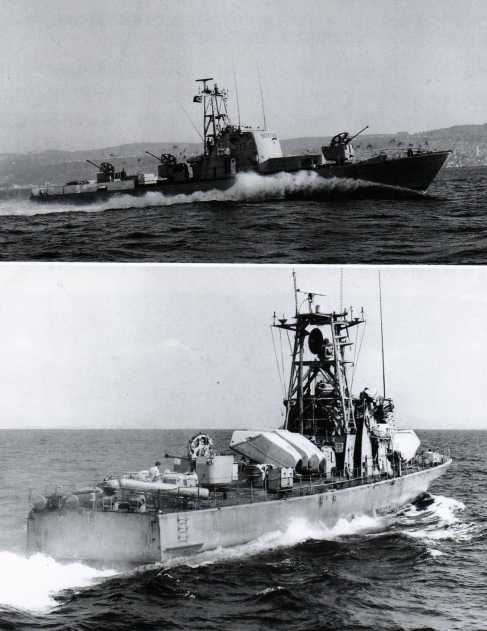
Two single-mounted Gabriel 1 anti-ship missile launchers are installed side by side on the B gun position on the front deck of the "Saar" 2 type, facing the front of the hull. A rotatable triple-mounted Gabriel launcher is arranged on the position of the original "Bofors" 40mm naval gun in the middle of the hull. The shape of the "Gabriel" 1 launcher is quite unique. It is not the common barrel or box shape, but an irregular cocoon shape. When launching, the top cover opens upwards, which is very recognizable. Due to the relatively small size of the "Gabriel" 1, the number of anti-ship missiles carried by the "Saar" 2 type has reached 5. The continuous firepower against ships is far superior to the 2 missiles on the Mosquito class equipped by the navies of Arab countries such as Egypt and Syria at that time. After launching the first round of salvos, it still has the power to "finish the knife". The "Bofors" 40mm single-barrel naval gun at the bow A gun position and the rear deck of the hull continues to be retained. This type of gun used a square shield in the early stage, and a semicircular shield was used later. The stern of the boat is equipped with a torpedo tube, which has a certain anti-submarine strike capability. The combination of the "Gabriel" 1 and the "Bofors" naval guns constitutes the first generation of classic anti-sea strike weapon combination of the Israeli Navy.
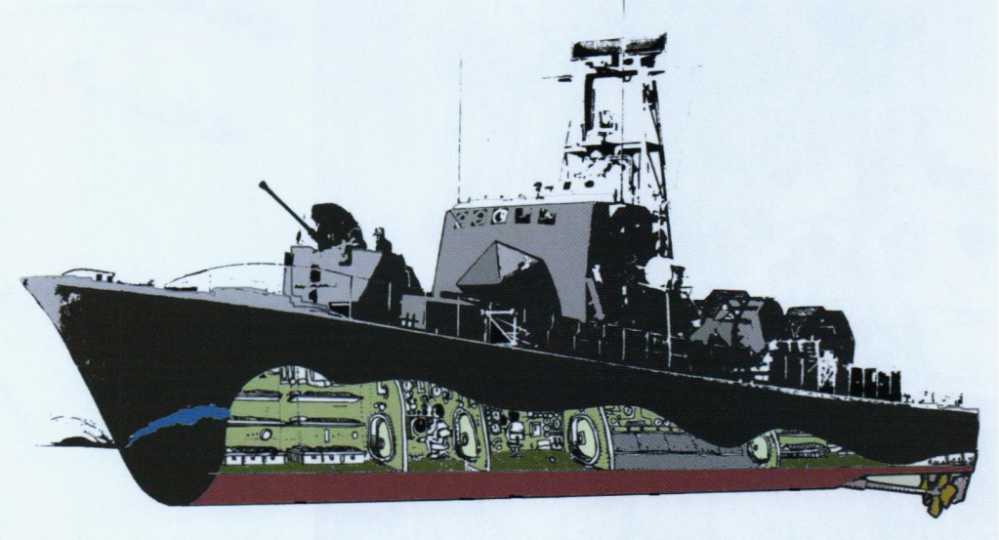
On April 7, 1969, the Israeli Navy conducted a live-fire test of the "Gabriel" 1 on the "Saar" 2 type, using the retired "Eilat" sister ship--"Jaffa" as a target ship. During the test, the "Saar" 2 launched 4 missiles, all of which accurately hit the "Jaffa" and successfully sank it, indicating that the "Saar" 2 has actual combat capabilities.
On August 15, 1970, the "Gabriel" 1 completed all national tests and officially entered the Israeli Navy. At this time, the "Saar" type had made all combat preparations and was only waiting on the battlefield to avenge the "Eilat".
The "Saar" 2" went to the battlefield shortly after entering service and won several naval victories. It is a meritorious member of the family who has repeatedly made military achievements. Based on the actual combat experience of the Latakia naval battle, the "Saar" 2" was modified with richer content after the war, such as adding 2 types of total 12 sets of rocket jammer launchers with different ranges, with the most powerful electronic countermeasure capability in the world for boats of the same class, and radar and other electronic equipment have also been updated. In the 1980s, some boats were modified: some boats were equipped with a towed variable depth sonar equipment deckhouse at the stern, and a triple 324mm torpedo launcher was installed in the middle of the boat. The triple Gabriel 1 launcher originally arranged here was moved to the position of the 40mm gun at the stern, with a stronger anti-submarine/anti-submarine capability among boats of the same class. It is also unmatched; some boats removed the "Bofors" 40mm naval gun at the stern and replaced it with a rotatable triple-mounted "Gabriel" 1 launcher, plus the 5 "Gabriel" 1 launchers arranged at the bow and the middle of the boat, the boat carried a total of 8 "Gabriel" 1, and the anti-ship firepower was terrifying; some boats removed the "Gabriel" 1 launcher on the middle deck of the hull and replaced it with 2 triple-mounted Mk141 "Harpoon" anti-ship missile launchers. The RGM-84 "Harpoon" missile produced by McDonnell Douglas was just developed not long ago. It has the advantages of long range, high accuracy, small size, and strong platform adaptability. This type of missile has also become the main anti-ship weapon of the Israeli Navy in the future. It is usually used in combination with the country’s "Gabriel" series missiles, making the flexibility and coverage of the entire boat’s anti-ship attack more abundant and comprehensive.
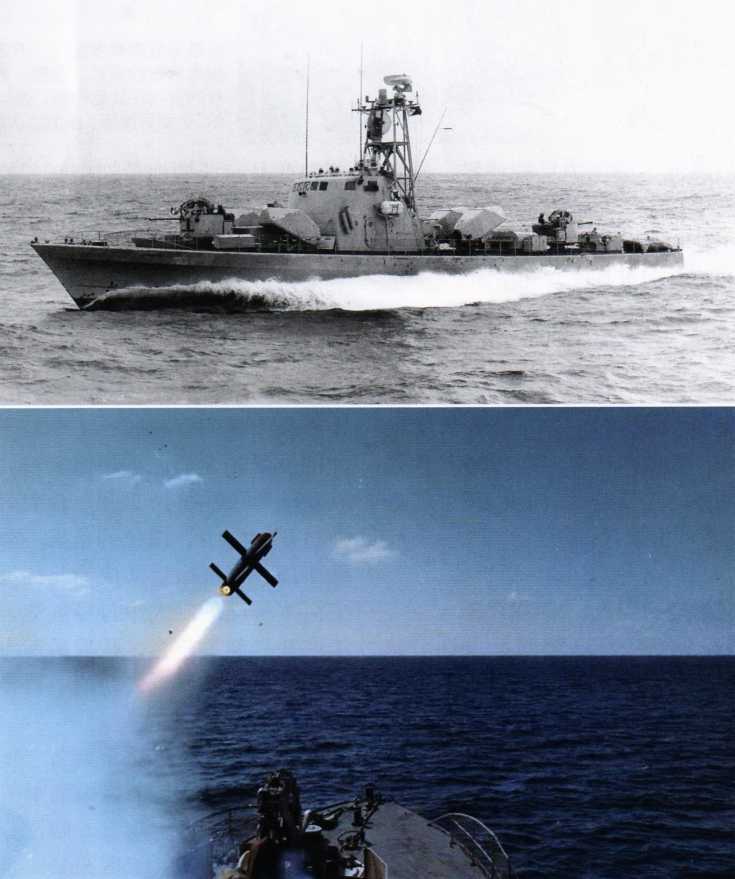
塭
The launch unit in the middle of the anti-ship missile launcher is empty. Sometimes this type of boat only carries 4 anti-ship missiles when sailing.
In 1970. The picture below shows the "Gabriel" 1 anti-ship missile launched from the bow of the "Haifa", taken in 1969.
In the era of war in the Middle East, the small "Saar" II almost supported Israel’s entire marine defense line. The combat readiness and training intensity of this type of boat is extremely high, and the mechanical loss is high. In the late 1980s, it began to be retired and replaced by the more advanced "Saar" IV.

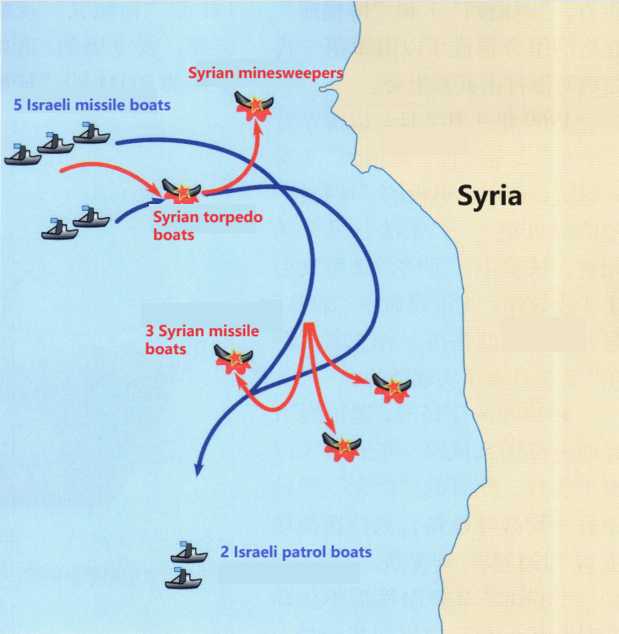
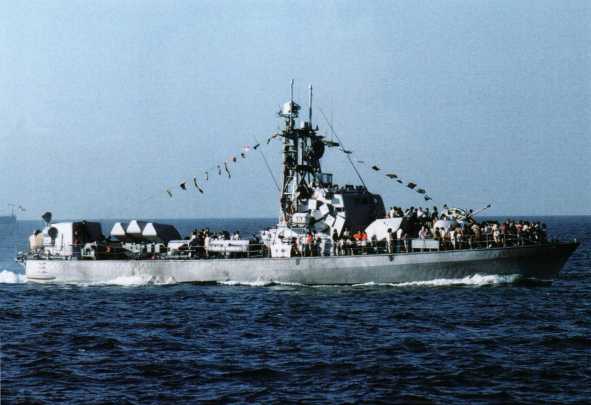
Introduction of rapid-fire guns: "Saar" 3
The firepower of the "Saar" 2 type broke through the visual range limit, but the coverage level was still not rich enough, especially the "Bofors" 40mm naval gun did not have an ideal damage effect on surface ship targets, and there was a certain firepower gap between it and the "Gabriel" 1 anti-ship missile. At this time, the new 76mm naval gun jointly developed by Israel and Italy was successfully developed, providing a shelf product for the upgrade of its strike firepower. This type of gun was originally developed by the Federal Republic of Germany, Israel and Italy. After the Federal Republic of Germany withdrew, Israel and Italy persisted and finally developed it successfully in 1967 and was produced by the Italian Oto Melara Company. This type of gun is compact in size, weighing only about 8 tons, and has excellent platform adaptability. It can adapt well to destroyers weighing thousands of tons and missile boats weighing tens of tons. Its basic model has a range of 16 kilometers and a maximum rate of fire of 85 rounds per minute. Israel was the first country to purchase it. This type of gun later became the standard medium-caliber naval gun of the NATO countries’ navies. The number of production exceeded 1,000 sets. It is the most successfully developed medium-caliber naval gun in the navies of Western countries after the war.
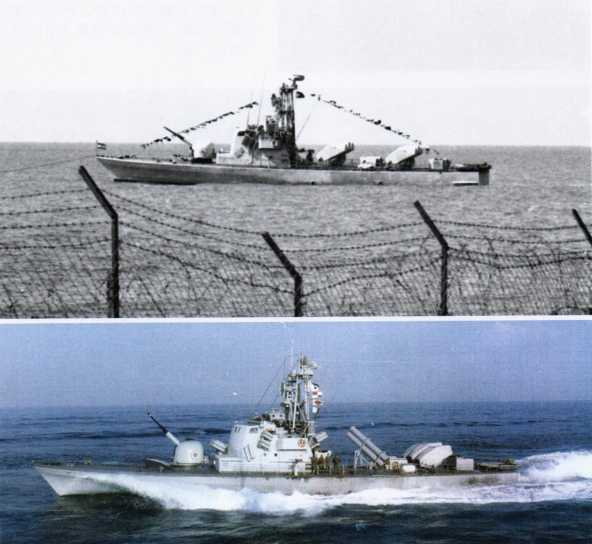
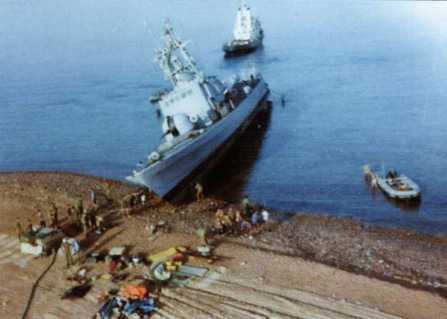
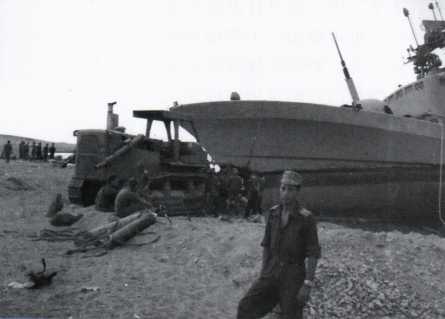

The first model of the "Saar" family equipped with the "Otto Melara" 76mm naval gun is the "Saar" 3, with a total of 6 ships, namely "Saar" (INS Saar, also known as "Snowstorm"), "Sufa" (INS Sufa, also known as "Storm"), "Gas" (INS Gaash, also known as "Volcano Storm"), "Herev" (INS Herev, also known as "Sword"), "Hanit" (INS Hanit, also known as "Lance") and "Hetz" (INS Hetz, also known as "Arrow"). Its bow deck is simpler, with a V-shaped wave-breaking board, and a single-barrel 76 "Otto Melara" The 2 single-mounted Gabriel anti-ship missile launchers and 40mm naval guns on the bow deck of the Saar II are replaced by 76mm rapid-fire guns. The configuration of anti-ship missiles varies with different boats. Some are equipped with 1 triple-mounted Gabriel anti-ship missile launcher in the middle and stern respectively; some only retain 1 of them. Compared with the Saar II, some Saar III boats are equipped with 2 fewer anti-ship missiles, but because the Israeli navy often adopts the tactic of using multiple boats in a concentrated manner, the shortcomings of these Saar III boats in terms of anti-ship capabilities are not prominent. On the contrary, because it is equipped with a 76mm rapid-fire gun, the Saar III has a 76mm rapid-fire gun and a 40mm naval gun. In the subsequent Yom Kippur War, the Saar II and Saar III were able to attack enemy surface targets, bombard shore positions and perform air defense missions, with more outstanding overall combat effectiveness. The excellent multi-purpose performance of the gun was brought to its fullest in the hands of the Israeli Navy. The Saar II and Saar III have the same hull size, but because the latter has a fuller superstructure and the installed weapon system is heavier, the standard displacement is slightly larger than the former, reaching 240 tons, the crew is increased to 40 people (5 officers), and the maximum speed is also 40 knots.
In actual combat, the Israeli Navy discovered that although the range of the "Styx" anti-ship missiles carried by the Egyptian Navy’s Mosquito-class missile boats was better than that of the "Gabriel" 1, the "Styx" using liquid fuel also had the disadvantages of long reaction time and weak anti-interference ability. Therefore, starting from the "Saar" 3 type, the Israeli Navy generally equipped its main surface combat ships with rocket jamming missile launchers (the "Saar" 2 type was also installed later), and with the advancement of technology, the configuration level has been continuously enriched and optimized, forming a great spectacle of Western naval surface ships. These valuable experiences gained through actual combat are also very worthy of learning and reference by the navies of emerging countries. The "Saar" 3 type In the 1980s, it was also converted to a multi-purpose type. The "Gabriel" rotary missile launcher behind the superstructure was replaced with a "Harpoon" anti-ship missile launcher. The "Gabriel" anti-ship missile launcher originally arranged here was moved to the stern and replaced with the "Gabriel" 2 with a longer range. A small variable depth sonar, a depth charge launcher, and two triple-mounted 324mm torpedo tubes were added to the tail. In appearance, it is very similar to the "Valiant" 2A type built by the Normandy Mechanical Shipyard in France for the Greek Navy.
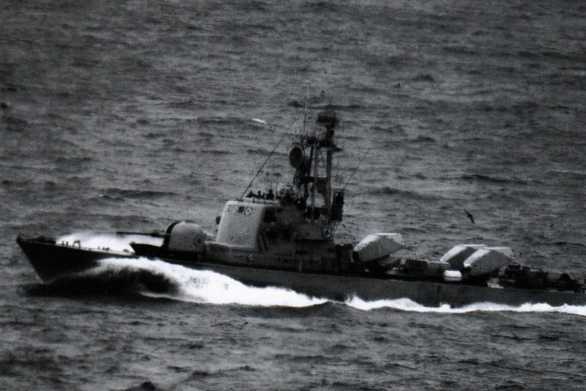
The actual combat experience of the "Saar" 3 type is also rich, and the record is also the most brilliant. Most of the records of the Israeli Navy were achieved by it. In actual combat, the Israeli Navy will first let the "Saar" missile boats quickly approach the Egyptian missile boats in a dense formation. After the opponent opens fire first, the formation will launch jamming bombs while quickly dispersing, so that the "Styx" missiles cannot capture the target. This tactic achieved quite good results in the Yom Kippur War, sinking more than a dozen Arab warships including missile boats without any damage to itself. The Saar III was very active during its service. In addition to being deployed at the Haifa base, it was also deployed at the port of Eilat on the southern coast of the Red Sea to deter the naval forces of Saudi Arabia and other countries in that direction. In addition, in the waters near Sharm el-Sheikh and other places in the south of the Sinai Peninsula occupied by Israel (returned to Egypt in the early 1980s), this type of boat also frequently carried out combat readiness cruises, escort and reconnaissance activities. On September 24, 1981, a Saar III (some sources said it was the "Gash") ran aground on the Saudi coast in the north of the Red Sea due to a technical failure. This was undoubtedly an infringement of Saudi territorial sovereignty. The incident quickly fermented, causing the then- The diplomatic relations between Israel and Saudi Arabia, which had shown signs of easing, fell into crisis again.
The service life of the "Saar" 3 has experienced the entire process from the war to the peace in the Middle East. With the easing of relations between Israel and Egypt and the huge geopolitical changes in the Middle East after the disintegration of the Soviet Union, the "Saar" 3 has gradually retreated to the second line. After more than 30 years of intensive use, these meritorious boats were either resold to foreign navies or dismantled or sunk. In 1988, the Chilean Navy purchased two retired "Saar" 3s, named "Iquique" (LM-32, formerly "Hanite") and "Covadonga" (LM-33, formerly "Haiz"), which have also been retired and sunk into the sea, becoming artificial reefs and diving facilities.


